LABYRINTHS OF PROGRESS
2020 - ongoing

“There is a labyrinth which is a straight line.”
― Jorge Luis Borges
― Jorge Luis Borges

LABYRINTHS OF PROGRESS
An exploration into the idiosyncratic nature of formed identity and wayfinding.
We construct our sense of self through a series of imaginings of the future, via a subliminal nostalgic pastiche of past and present; these processes of the mind help to shape a construct of identity that is forged within an algorithmic sense of outer reality.
The archetype of the labyrinth becomes a symbol of this journey to our centre and back out again into the world.
One of the earliest and most renowned labyrinths was built to house the Minotaur on the Greek Island of Crete. The mythology of Theseus and his journey from Athens to slay the Minotaur. This early iteration of the labyrinth myth as a disorientating space safe-guarded by a monster has also been read as symbolic of the creative process. In J.E. Cirlot’s Dictionary of Symbols, the journey to the center of the labyrinth is closely tied to ‘the loss of the spirit in the process of creation—that is, the ‘fall’ in the neoplatonic sense—and the consequent need to seek out the way through the ‘Centre’, back to the spirit’.
Therefore the Minotaur assumes an important guardian role within our inner labyrinths; a part of ourselves that needs to be conquered in order to create.
Roland Barthes in Mythologies (1957) writes: ‘However paradoxical it might seem, myth hides nothing: its function is to distort not to make disappear’.
Myths like memory are therefore intrinsically vulnerable to distortion over the passing of time. We rely on memories to help us predict something we haven’t done before, drawing from the familiarity of the recollected, while utilizing many of the same brain functions to foresee a future event as we do when we remember one.
These cerebral mechanics help us to place ourselves, and forecast our futures, within a broader societal context increasingly fueled on notions of the march of progress, material gain and expansion.
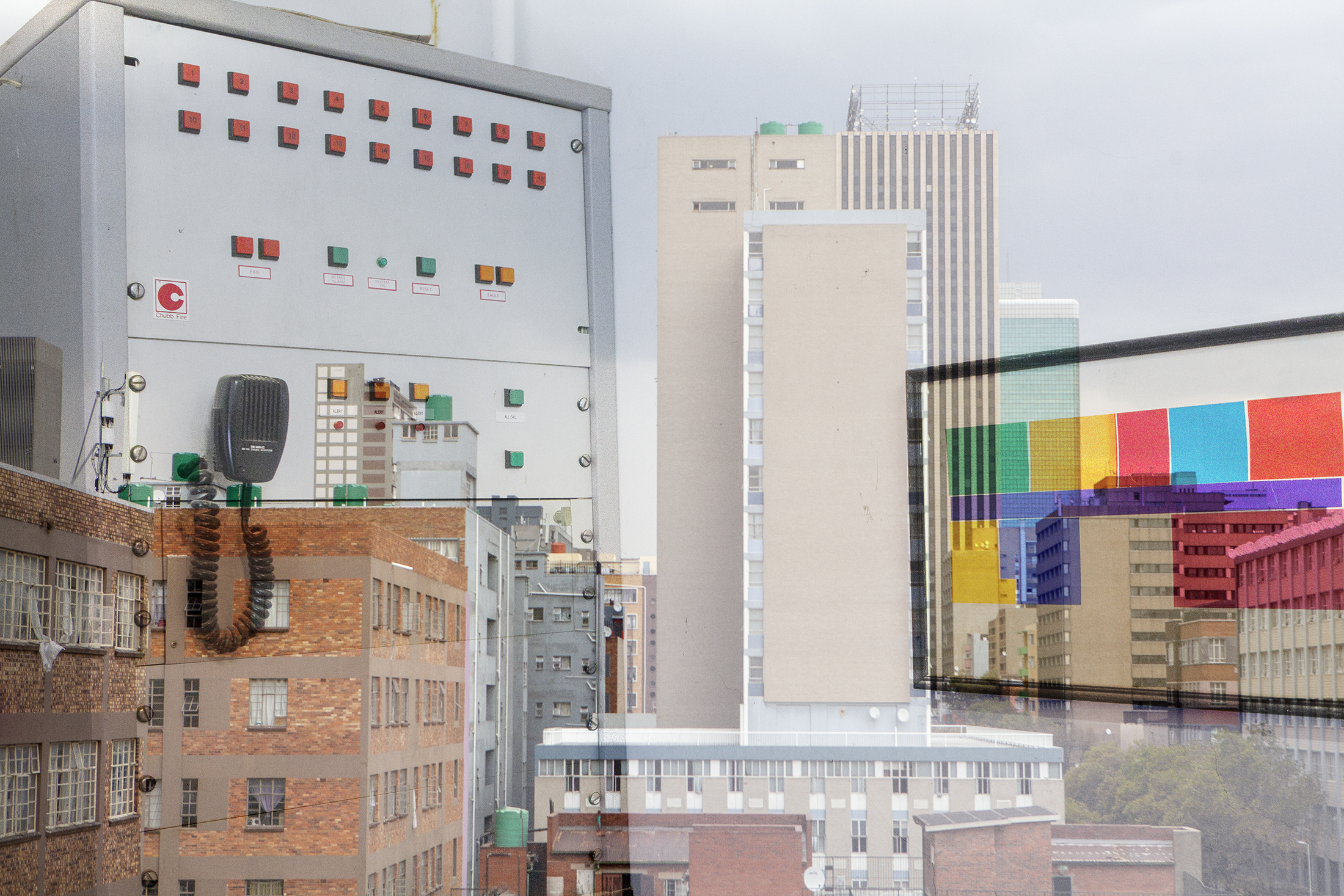
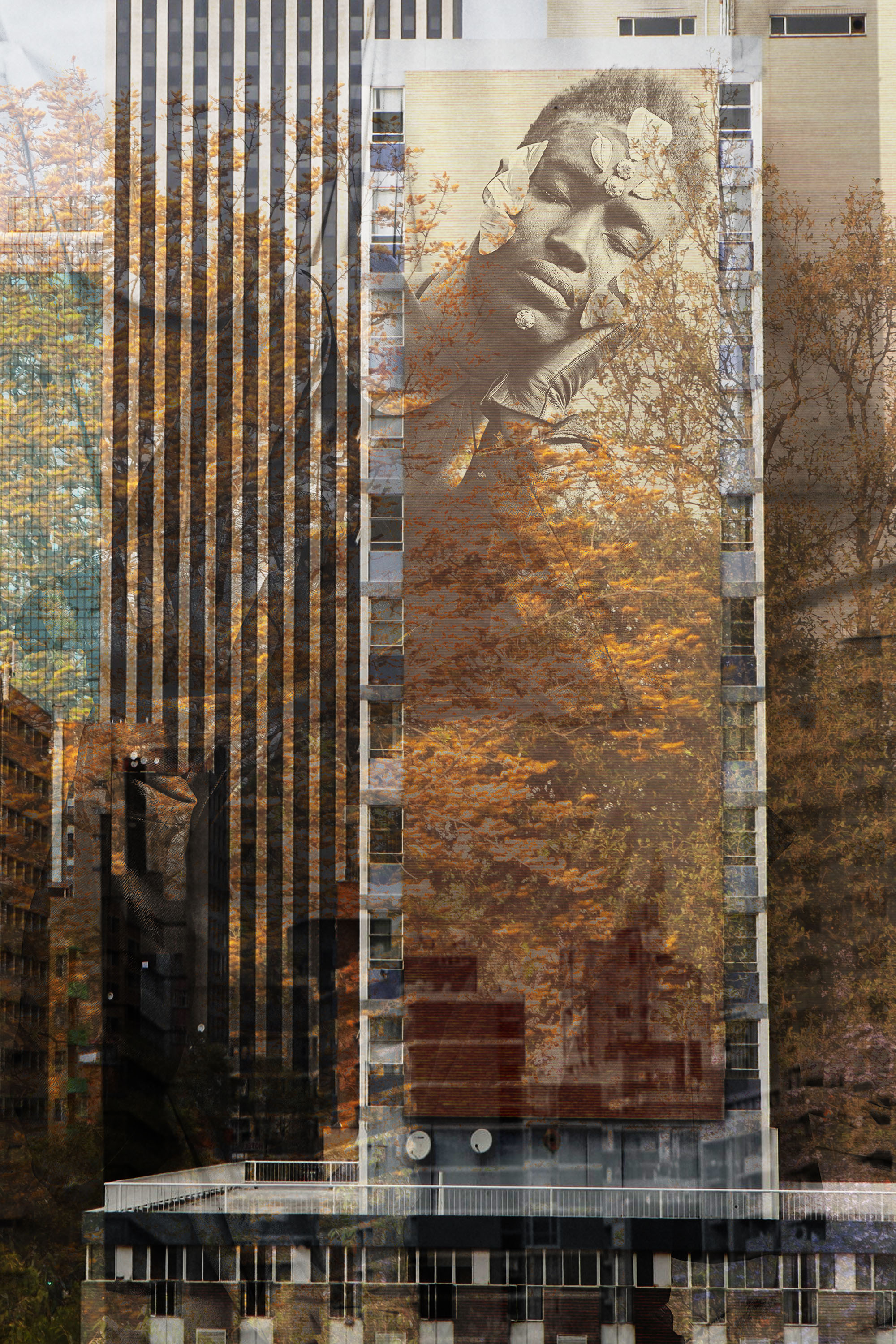
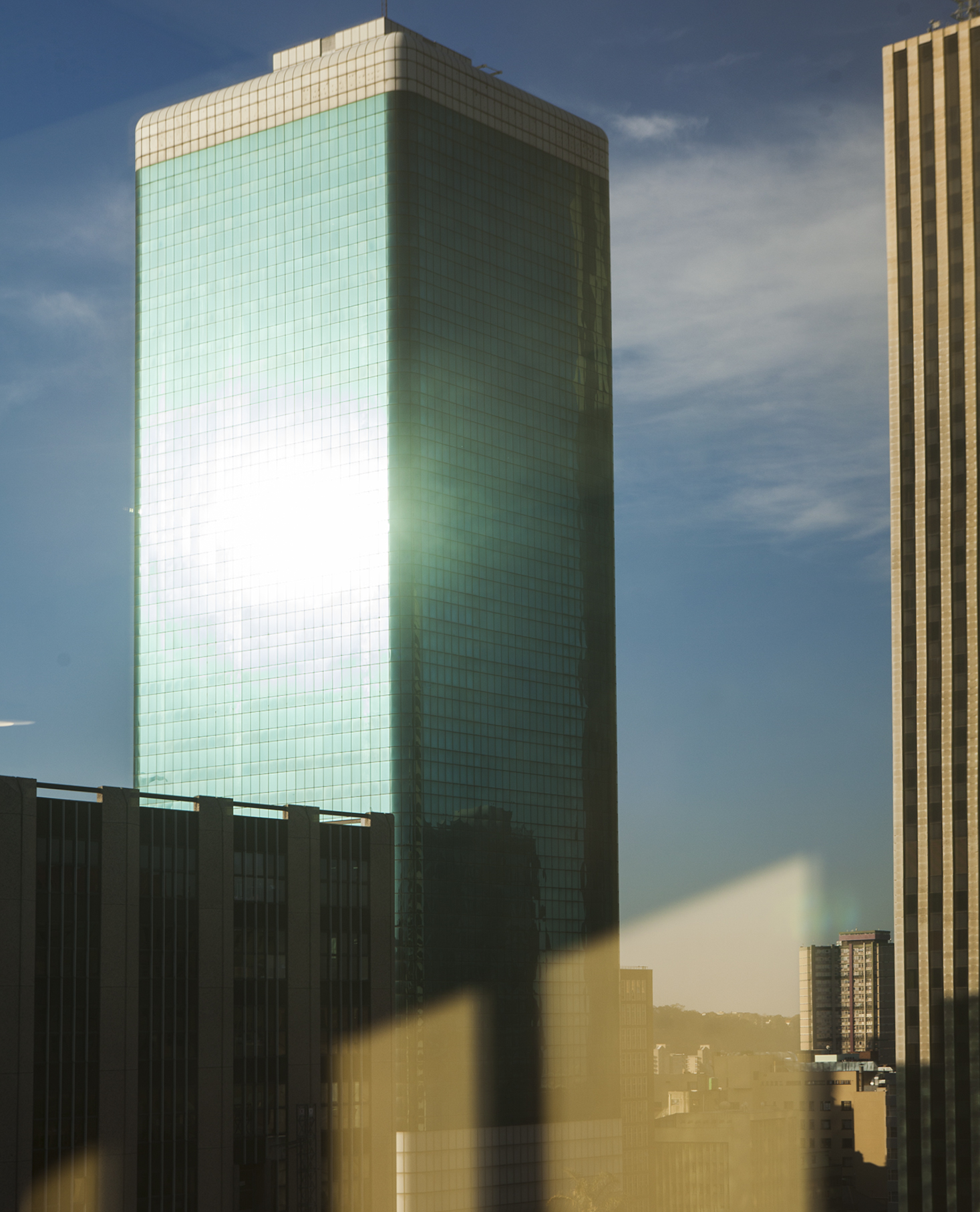
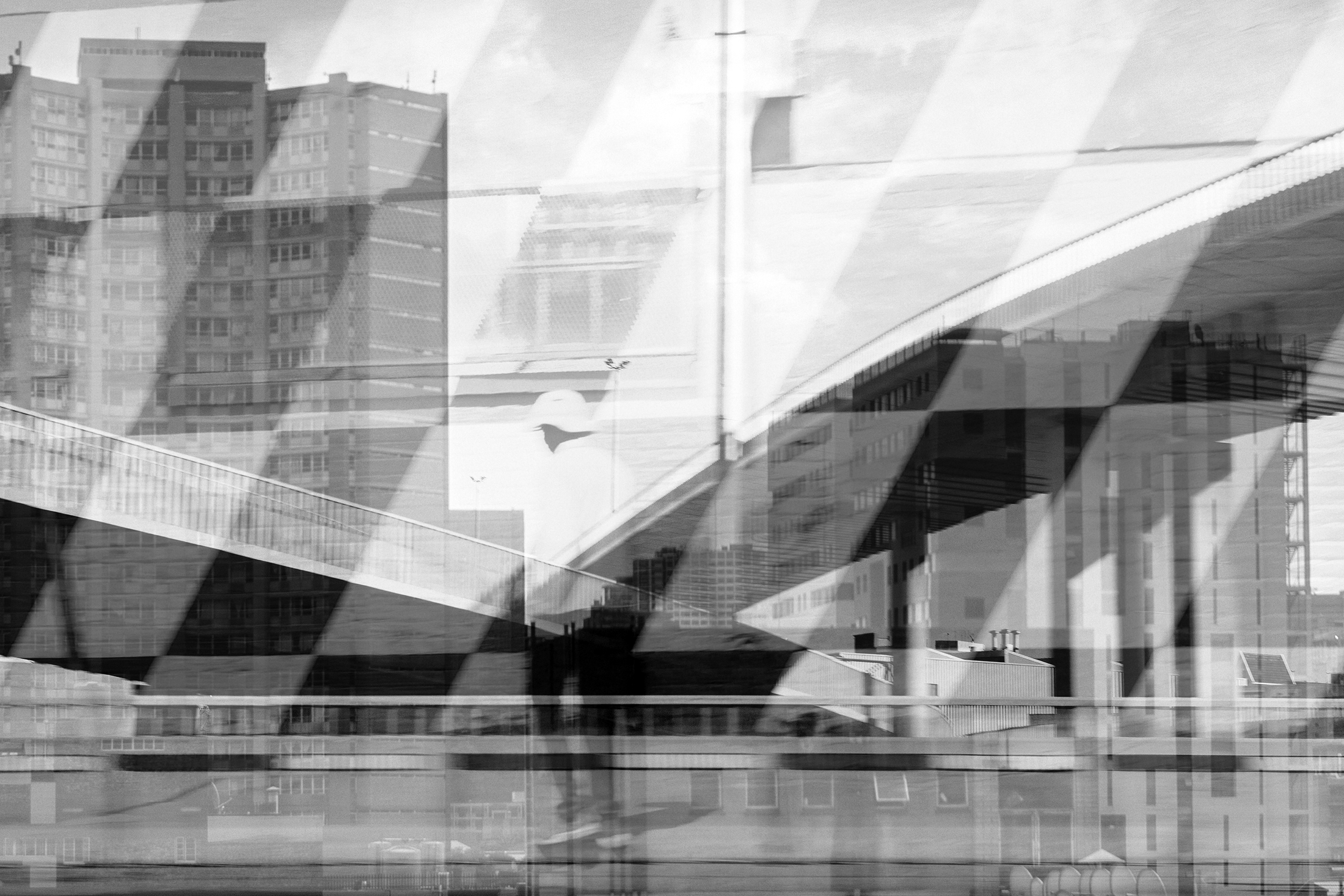
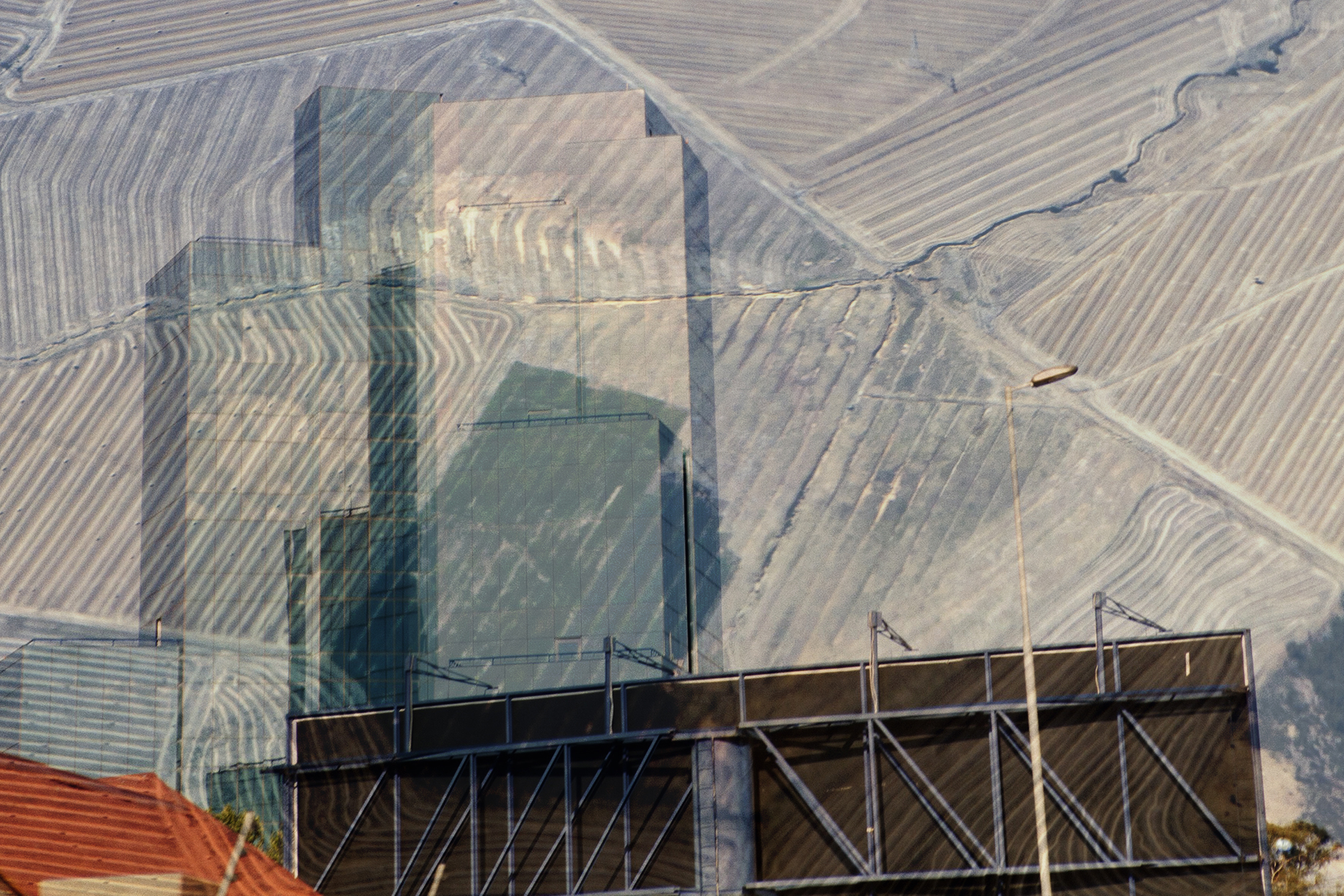

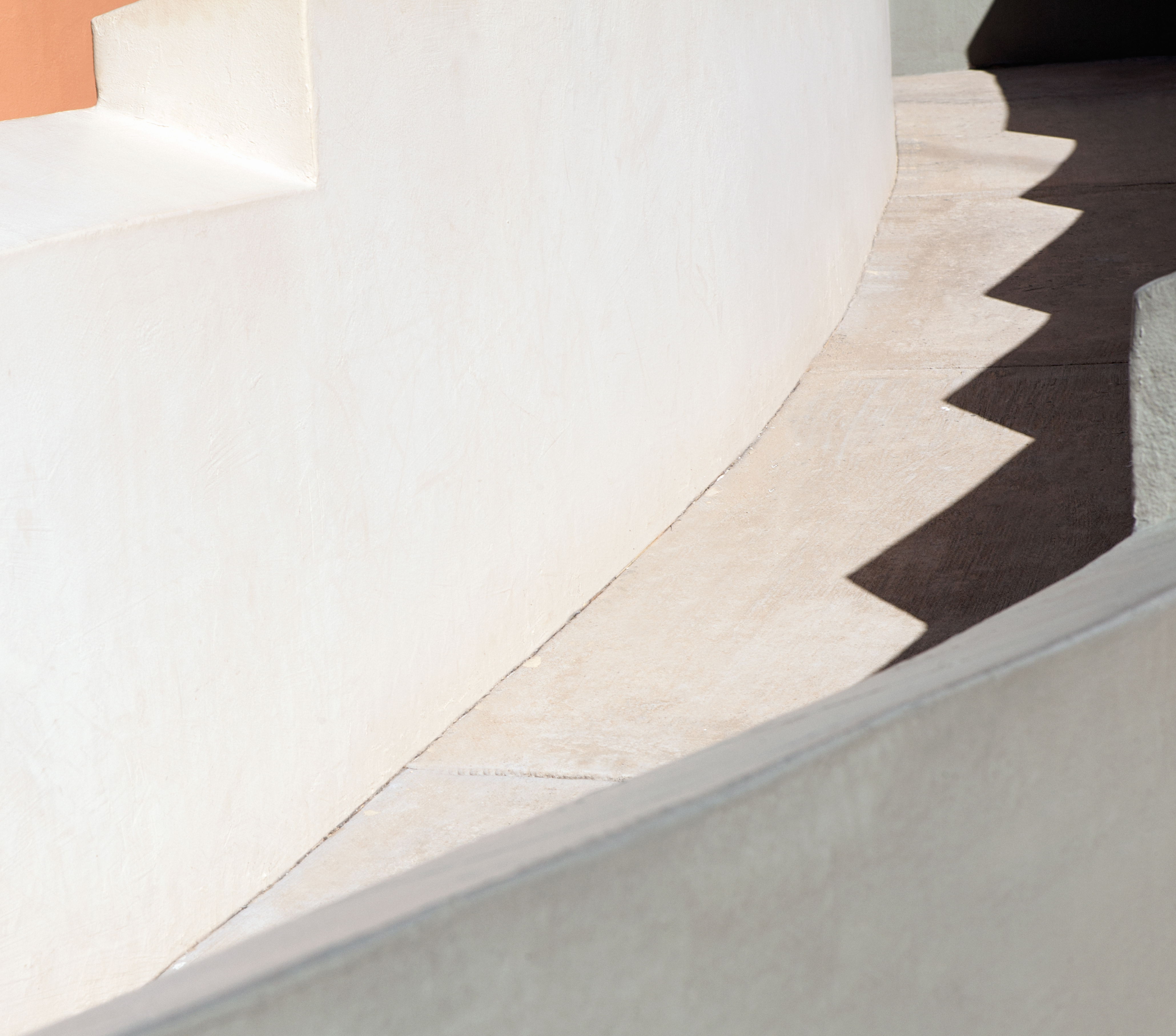


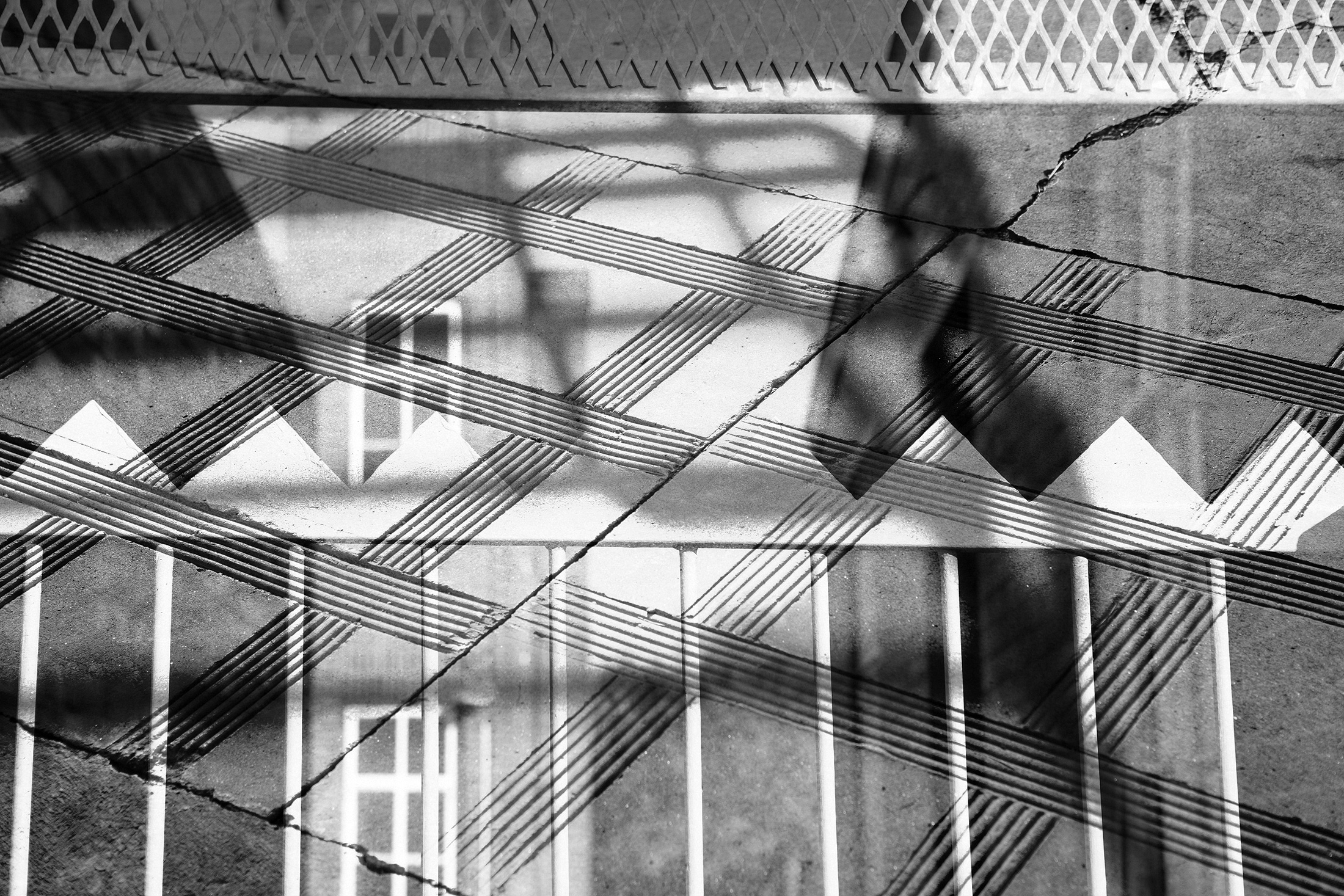

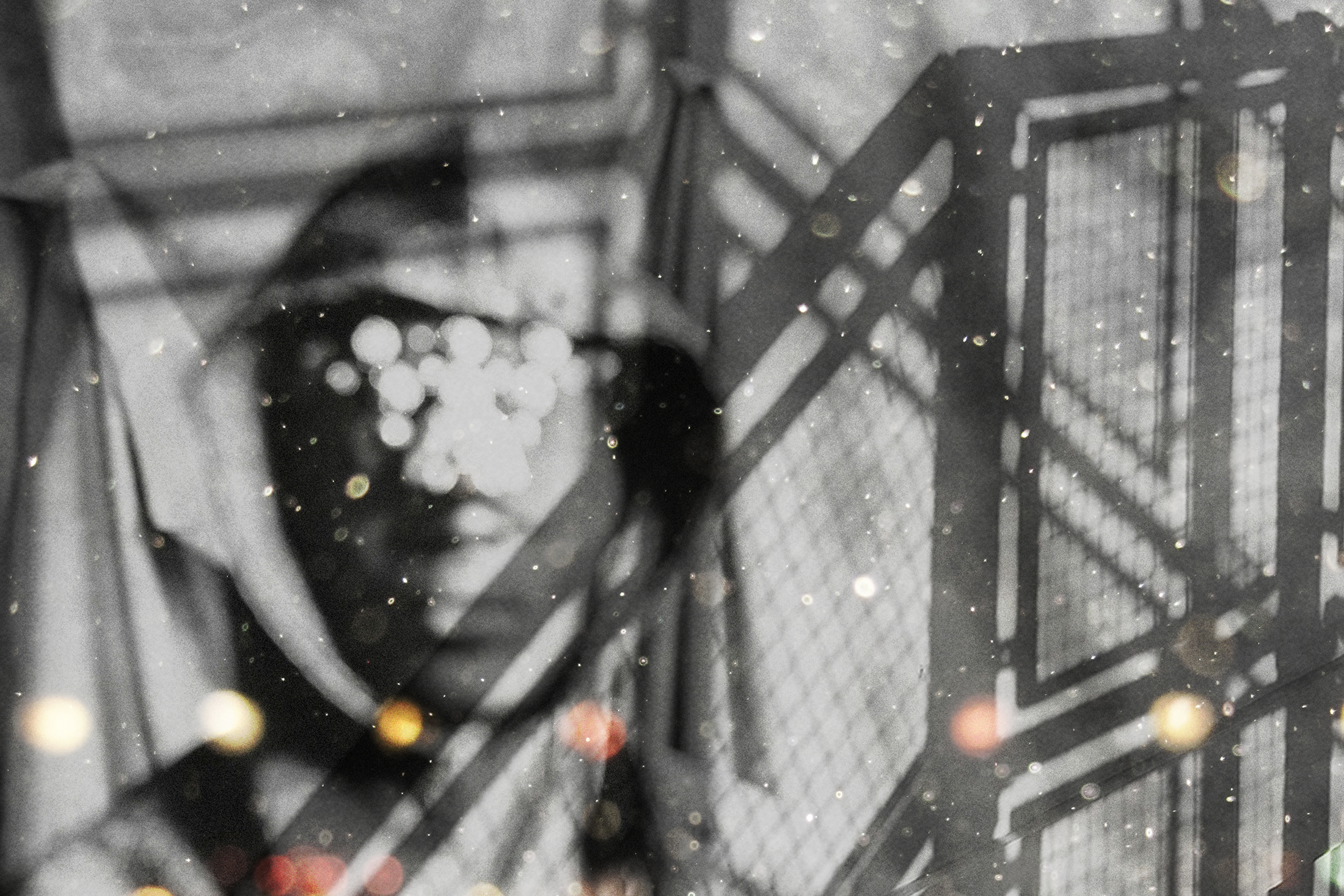
‘The transformation of self that occurs in the middle of the maze and which will be manifested in broad daylight at the end of the return journey, through darkness to light, will mark the victory of the spiritual over the materialistic and, at the same time, that of the eternal over the ephemeral, of reason over instinct, and of knowledge over blind violence’.
― The Penguin Dictionary of Symbols
